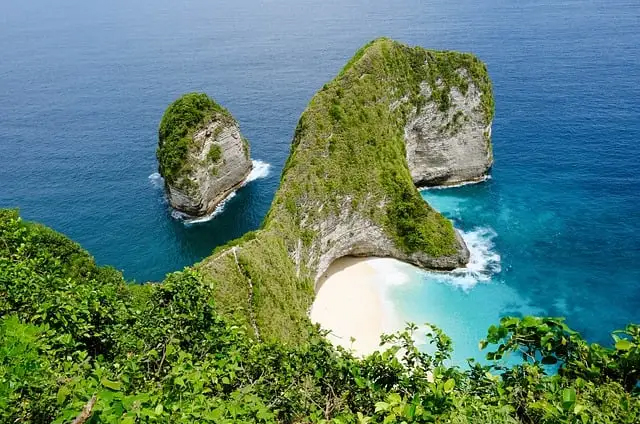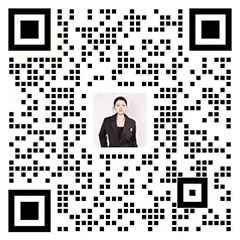- Asian

-
overview
The current trademark regulations in Indonesia are mainly based on the revised Trademark Law on November 28, 2016. Trademark registration is not mandatory, but in order to protect the trademark or renew it, it must be registered in accordance with the law. The trademark registration in Indonesia adopts the principle of "application first", which means that the trademark applied for first will be approved for registration under the condition of no rejection, objection or other circumstances. The new Trademark Law of 2016 has made detailed provisions on this principle. Applicants can obtain the application date by submitting a trademark application, sample, and payment proof, and then have 30 days to continue processing procedures.
-
official language
Indonesian
-
Duration
From the date of application, the renewal can be processed within 6 months before the expiration date, with a grace period of 6 months and a validity period of 10 years.
-
Registered types
In Indonesia, trademarks protected by the Trademark Law include any mark, number, text, name, label, letter, or combination thereof. According to the Trademark Law, the types of trademarks protected by the trademark system in Indonesia include commodity trademarks, service trademarks, collective trademarks, three-dimensional trademarks, and color trademarks. The only requirement for a trademark is uniqueness, which should have a high degree of differentiation from other goods or services.
-
Unregisterable elements
1. Harmful to social morality and public order;
2. Not significant;
3. Geographical names that are well-known to the public;
4. Common name of the product;
5. It is identical or similar to a trademark previously registered by others on the same or similar goods;
6. Names or portraits of famous individuals that are identical or similar to well-known trademarks and trade names (except for those holding consent letters);
7. Names, abbreviations, flags, logos or emblems that are identical or similar to those of countries or international organizations (except for those with consent);
8. Designs that are identical or similar to the patented design already obtained (excluding those with consent). -
Applicant Qualifications
The applicant must entrust an agency to handle relevant matters when submitting a trademark registration application. Foreign citizens can handle it on behalf of Indonesian agencies. According to the provisions of the Paris Convention on priority, foreign applicants may claim priority within 6 months from the date of their first application in the country of origin or any member state of the Paris Convention.
1. Apply directly;
2. Madrid International Registration

Since the implementation of the Trademark and Geographical Indication Law in 2016, Indonesia has begun accepting electronic trademark applications. When applying electronically, the product name must be selected from the official Indonesian standard product library. Choosing a standard product name from the Nice Classification can usually avoid the need for product name correction.
After receiving the application, the official will conduct a formal examination of the trademark, and after the formal examination is approved, a 2-month announcement will be made. Indonesia adopts the approach of pre announcement, that is, the official announcement is made before the actual review.
If someone raises an objection, the applicant will be notified and can submit an objection defense within 2 months. Regardless of whether there are objections or defenses, the examiner will conduct substantive examination of the application. If no objections are received, the examiner must make an examination decision within 30 days. If there are objections, the examiner must make an examination decision within 90 days (but based on practical experience, the actual examination cycle is usually 24-30 months). Compared to this, the registration period for Indonesia through international registration is approximately 12-15 months.
When an application for a trademark is rejected due to similarity with another prior trademark, whether it can be overcome by submitting a consent form depends on the situation. If there is a related relationship between the applicant and the owner of the prior trademark, such as a parent subsidiary, the submitted consent form is acceptable, and the consent form issued by the prior trademark owner who has no relationship with the trademark applicant is not acceptable. But in practice, it can be overcome through trademark transfer, that is, the prior trademark owner submits a trademark application, and after the trademark is registered, it is transferred to the actual owner of the trademark.
If the trademark application is accepted, the trademark will be registered and an electronic certificate will be issued by the official. If the trademark application is rejected, the applicant can file a review with the Trademark Reexamination Board within 90 working days after receiving the rejection notice. The Trademark Reexamination Board will make a ruling within 3 months (but according to practical experience, the review cycle for rejection review is usually 9-12 months). If you are dissatisfied with the decision of the Trademark Reexamination Board, you can also file a lawsuit with the Commercial Court. The lawsuit must be filed with the Commercial Court within 3 months from the date of receiving the decision of the Trademark Reexamination Board.
The departmental regulation No. 8/2016, which came into effect on February 24, 2016, stipulates that trademark license agreements should be filed. Failure to file will result in the licensee's use of the trademark not being considered as the use of the trademark owner, which may lead to the risk of revocation due to non use. The license agreement must not include clauses and conditions that would cause damage to the national economy and hinder technology transfer.
1. Applicant's ID: If applying as a legal entity, one copy of the Business License or valid registration certificate stamped with the official seal must be attached; If applying as a natural person, one personal identification document must be provided;
2. Application Form: Detailed information of the applicant (in both Chinese and English), including name, nationality, detailed address, postal code, contact information, etc;
3. Electronic version of trademark design;
If priority is declared, priority proof documents and corresponding Indonesian language translations must be provided;
5. Original signed Power of Attorney (POA) for agency authorization.




